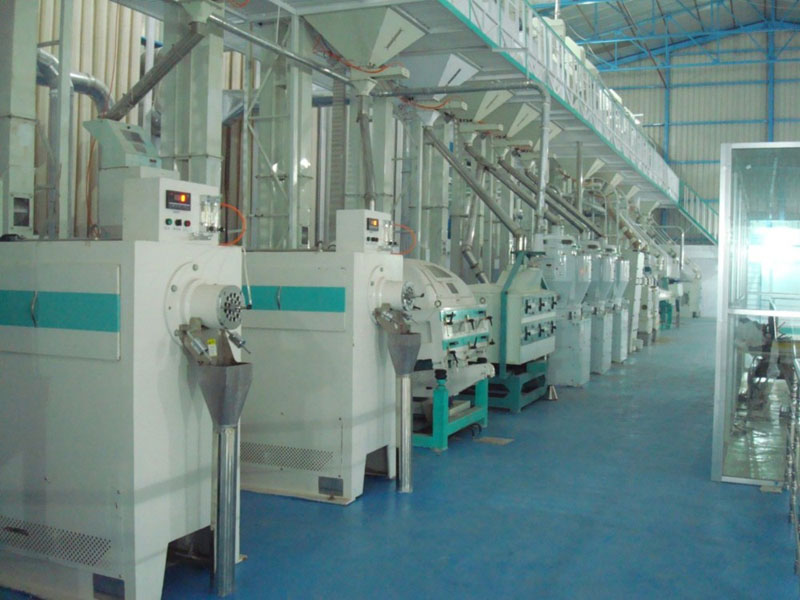Pakistan Rice Export Company
Al Habib Industries
Rice Millers & Traders
-
Suite # 304, Rice Trade Center, Dandia Bazar Karachi Pakistan
-
Whatsapp +92(321) 3826632
-
Mail Us info@pakrice.pk
Rice Paddy Husking
The paddy husking process, also known as rice hulling or dehusking, is a crucial step in rice production that involves removing the outer husk or hull from rice grains to obtain edible rice. The process can be performed using various methods and machines, depending on the scale of production and available technology. Here’s a general overview of the paddy husking process:
Harvesting: Rice is typically harvested when the grains are fully mature. The harvested rice is referred to as paddy or rough rice, and it consists of the rice grains encased in their husks.
Cleaning: Before husking, the paddy must be cleaned to remove impurities such as dust, straw, stones, and other foreign matter. This is done to ensure the quality of the final rice product and to prevent damage to the husking machinery.
Storage: Cleaned paddy is stored in a suitable facility to maintain its quality and prevent moisture absorption, which can lead to fungal growth and degradation.
Preparation: Depending on the type of husking equipment used, the paddy may need to be pre-soaked in water for a specified period. Soaking helps to loosen the husk, making it easier to remove during the husking process. The duration of soaking varies depending on factors like rice variety and moisture content.
Husking: There are several methods and machines for husking rice, including:
Engines or Tractors: In some small-scale and traditional operations, engines or tractors may be used to power a mechanical pounding or threshing machine. These machines can handle larger quantities of paddy than manual methods.
Modern Rice Hullers: Industrial-scale rice mills use modern rice hulling machines, which are more efficient and faster. These machines can husk rice at a much higher rate, making them suitable for large-scale rice processing. They typically employ rubber rollers to remove the husk from the rice grains.
Separation: After husking, the mixture of husks and rice grains is separated using machines called separators or hullers. These machines use differences in size, weight, and density to separate the rice kernels from the husks. The separated rice grains are often referred to as brown rice at this stage.
Polishing (Optional): Some rice varieties undergo a polishing process to remove the bran layer on the rice grain’s surface. This results in white rice, which is the most common form of rice consumed in many parts of the world. Brown rice retains the bran layer and is considered healthier due to its higher fiber content.
Grading and Packaging: The husked and polished rice is graded based on quality, size, and other factors. It is then packaged for distribution and sale.
The paddy husking process is critical in rice production, as it not only removes the inedible husk but also affects the quality and appearance of the final rice product. The choice of husking method and equipment depends on factors such as the scale of production, available technology, and economic considerations. The goal is to efficiently remove the husk while preserving the integrity of the rice grain
